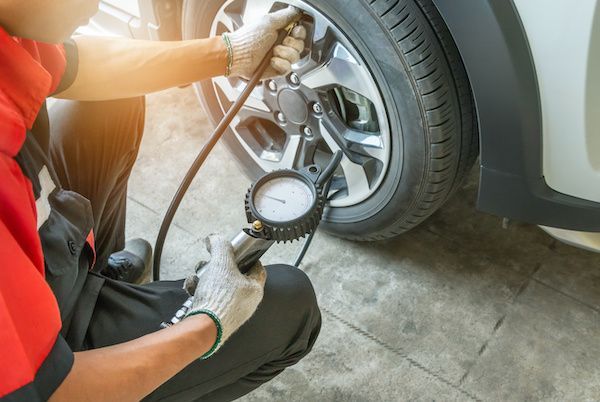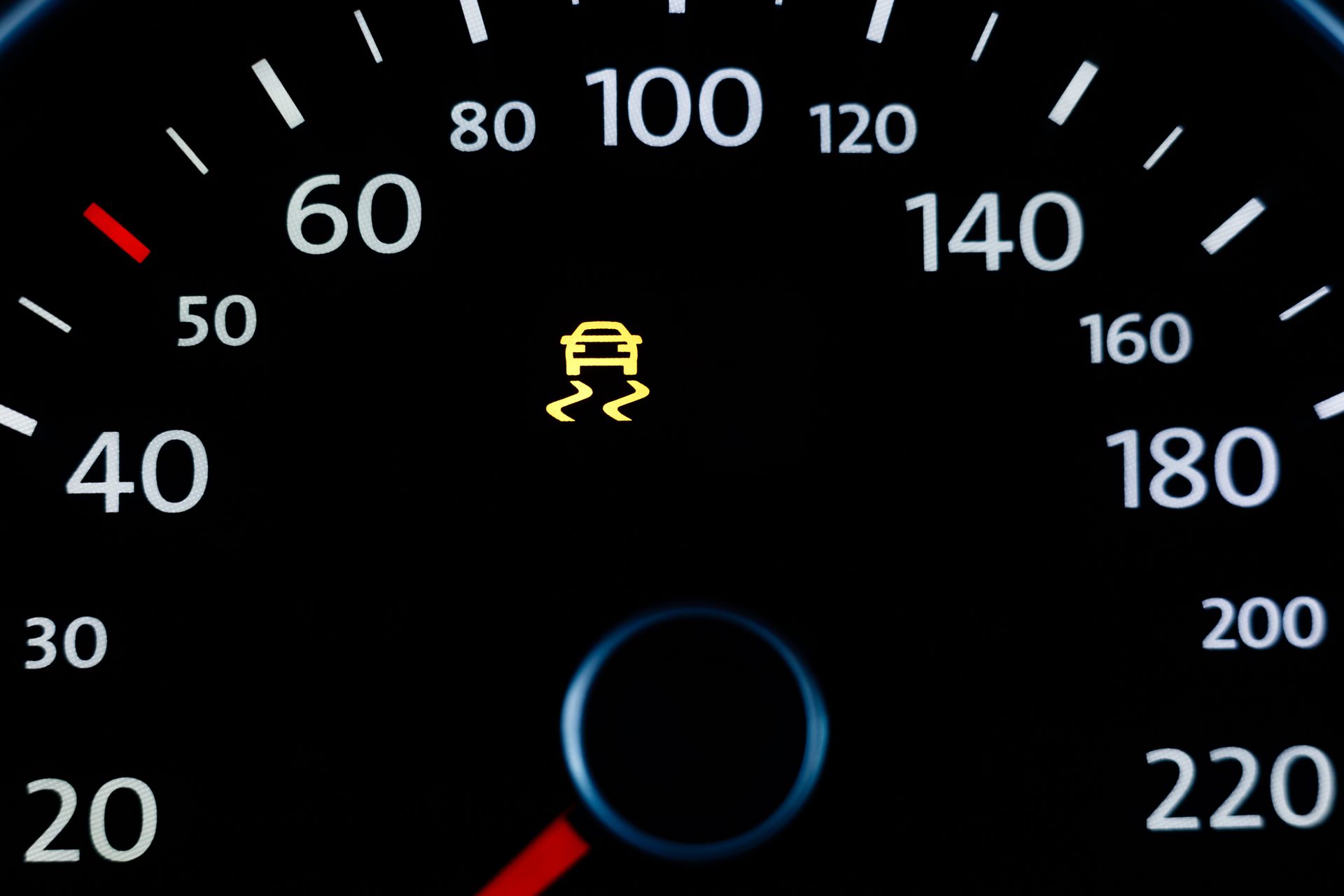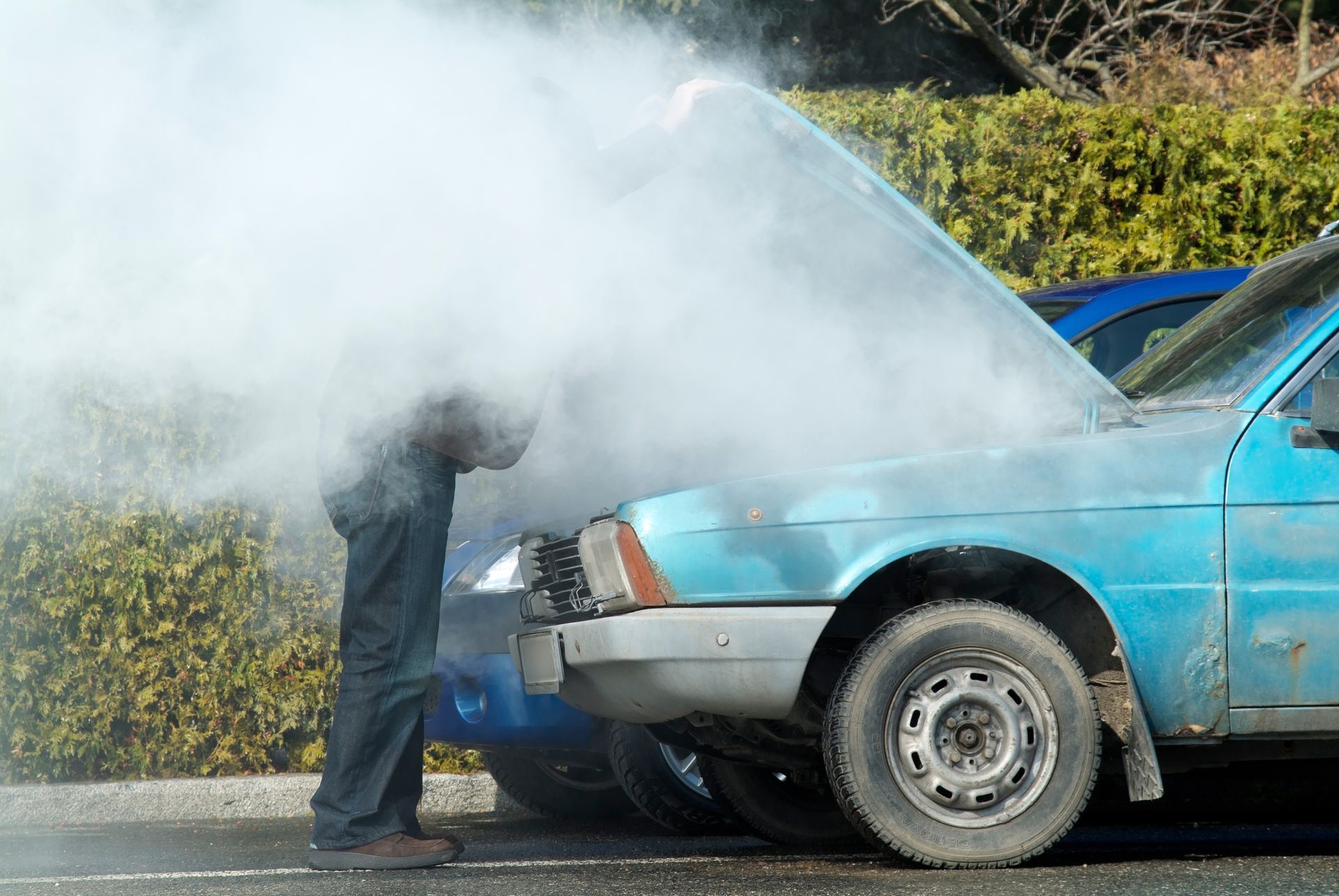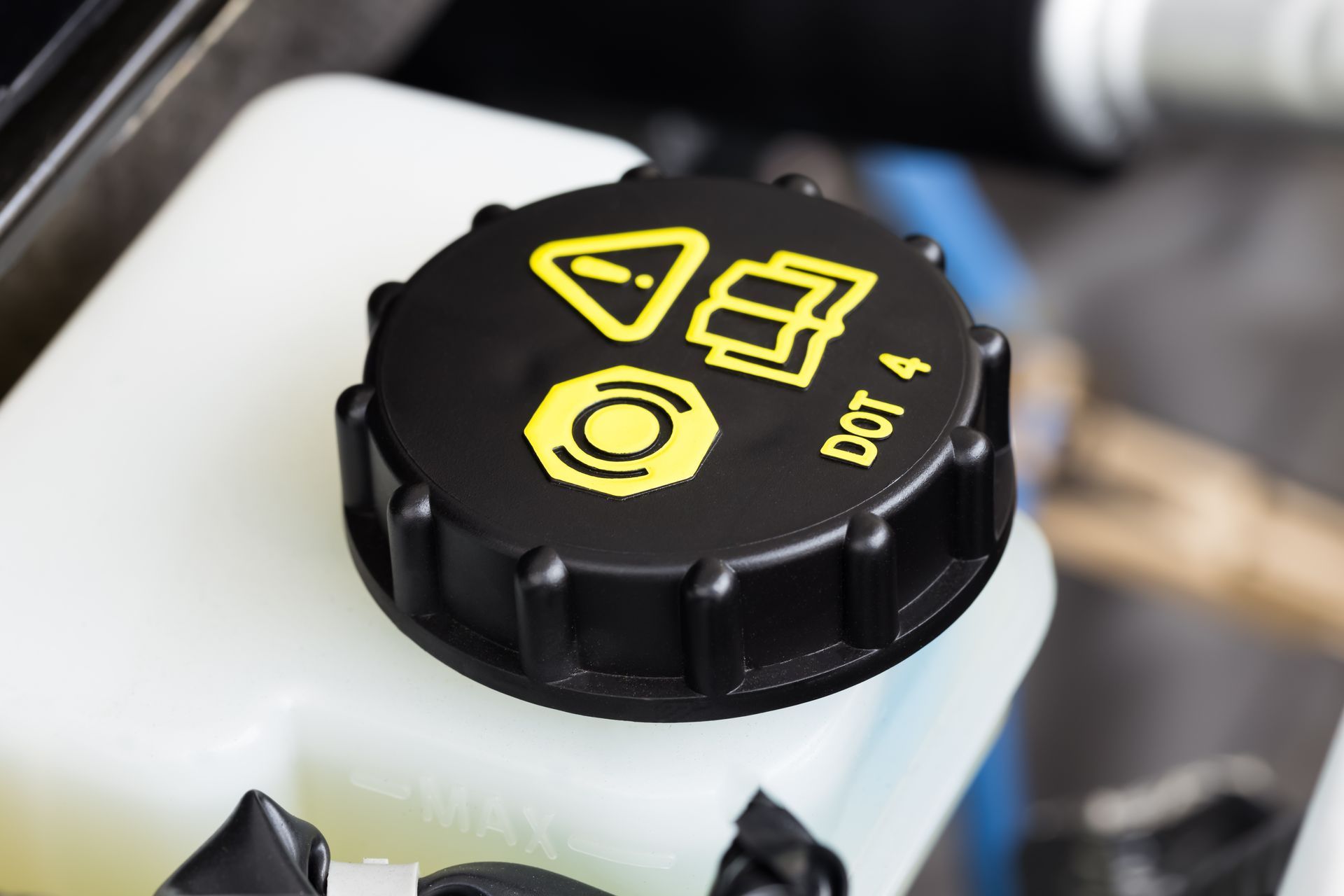
There are many things that can lead to driving dangerously. When you're driving you to want to do everything in your power to ensure that you're driving as safe as you possibly can. One thing that many don't consider when it comes to safe driving is tire pressure, especially during cold weather. You want to guarantee that your tire pressure is always right for cold weather. Here are some details on how cold weather can affect your tires and what you need to do!
When you're experiencing cold weather, it's good to know what will happen to your tires. When the temperature has dropped the pressure in your tires is affected. This is due to the molecules in the air moving slower and coming closer together. Your tires may lose 1-2 pounds per square inch (PSI) for every ten degrees of change in weather when the temperature drops. When you notice this happening, you don't want to ignore it.
A slight decrease in your tire pressure may be difficult to notice, but it can make a huge difference. When tending to your tires being inflated during cold temperatures there are things that you need to know can happen if you don't inflate them during cold weather.
- It can take you longer to stop. When your tires aren't inflated properly it can increase the time it takes for you to apply your brakes. You are more likely to skid on wet pavement or even cause an accident.
- It can lower the lifespan of your tires. When you don't have your tires properly inflated the life of your tires isn't as long; it can also lead to damage to your tires. This will all make you must buy more tires sooner than you'd need to.
When you have encountered cold weather, it is imperative that you keep an eye on your tires and your PSI. Maintaining the tire pressure will give you ideal traction and grip on road surfaces. Doing so will also give you more mileage for your fuel. If you need tire service, give our auto repair shop a call today!










